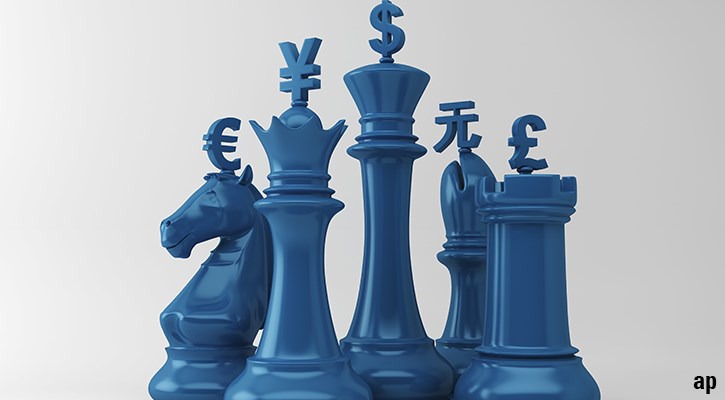
UK inflation figures will be more closely watched than usual on Wednesday as the Office for National Statistics releases CPI data from May.
According to FactSet consensus figures, inflation is expected to have hit the official 2% target last month, from 2.3% in April. This would be the first time that the rate of inflation has been at this level since July 2021, and follows a three-year period that saw CPI hit 11.1% before falling back.
This data release is also significant because it’s the last inflation data before the general election on July 4. The Conservative party is campaigning on this issue, claiming credit for bringing inflation back to target.
If inflation does fall back to 2%, this will pile pressure on the Bank of England to cut rates from their current level of 5.25%. While this looks unlikely at the June 20 meeting, it can’t be ruled out completely.
Still, the fall in inflation back to 2% will be gratifying for the Bank, which hiked rates from 0.1% in December 2021 to 5.25% by August 2023, as it shows that drastic monetary tightening worked, eventually. In this period central banks slammed on the brakes to tackle a surge in inflation that hadn’t been seen for decades.
As we reach the half-way stage of 2024, inflation is proving persistent in the US and eurozone. The European Central Bank recently raised its inflation forecasts for this year, while the Federal Reserve has just adjusted its forecasts for core inflation higher for the end of this year.
Prices Aren't Falling, They're Just Rising Less Quickly
In the UK, April CPI came in at 2.3%, rather than the forecast 2.1%, which illustrates the uneven path back to target. Services inflation was still at 5.9% in April, and this is an area of concern for the Bank of England as it considers interest rate cuts.
In April, weaker energy prices drove the fall in inflation from 2.6% to 2.3%.
Rises in food and drink prices are easing from 2023 levels, but basic foodstuffs are significantly higher than before the global inflation surge.
Core CPI, which excludes more volatile energy and food prices, fell to 3.9% in April, from 4.2% in March. FactSet consensus has UK core CPI dropping to 3.5% in May. Policymakers are more concerned about core CPI because it's falling more slowly than the headline rate of inflation and is also higher than that measure.
For UK politicians pounding the streets this month, disinflation is a hard sell to voters because prices across the board are still elevated.
“When inflation eases, it can be hard to spot the improvement. Things are just getting worse slightly more slowly than before. You’re also living with all the damage done earlier,” Sarah Coles, head of personal finance, Hargreaves Lansdown, said in a note.
What about inflation for the rest of 2024? According to the Bank of England's latest forecasts from May 2024, inflation is expected to fall to the 2% target, go below that, before rising again to 2.5%. The Bank cites the "unwinding of energy-related base effects", which means that favourable comparisons with 2023 will start to drop out of the figures.




























